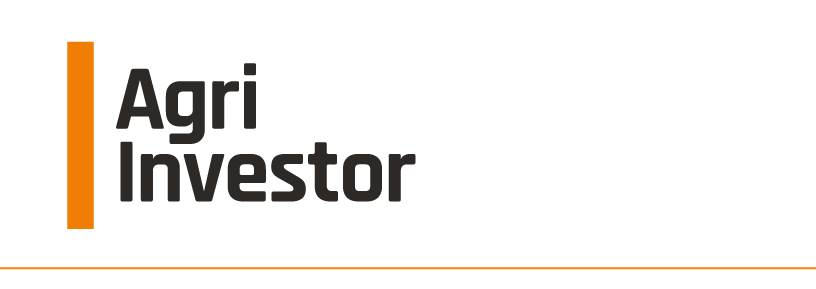
With wheat stocks at record levels, US farmers significantly reduced plantings in 2016, which could signal a potential shift for some farmers to other row crops.
The National Intelligence Council’s (NIC) quadrennial report on global trends highlights agricultural risks and opportunities between now and 2035.
The 10 largest fund closes last year raised $92bn, surpassing the $86bn in 2015 and showing the asset class continues to attract capital in a low-growth environment.
With the global economy expected to grow 2.7 percent in 2017, agricultural prices are projected to remain stable amid a healthy pipeline of key grains, but one of the greatest global challenges remains the need for investment into SubSaharan Africa to improve farm productivity, according to a new report from the World Bank.
Despite the strength in exports, the separate 2016 Farm Sector Income Report shows continued weakness.
A new report from the UK’s Veterinary Medicines Directorate (VMD) shows that the sale of antibiotics for use in food-producing animals fell by 10 percent, from 62 to 56 mg/kg, between 2014 and 2015.
Lower commodity prices could cause US farmland values to fall by as much as 20 percent by 2018, but the decline will not compare to the crisis of the 1980s.
Despite record-breaking levels of investment, agribusiness companies require a change in thinking or risk lagging behind, the report argues.
A 78 percent fall in deal value and 59 percent decline in the number of deals is due in large part to declines in food tech and online grocery deals.
Australian farmland prices will continue to grow at a slower pace, while recent rain in parts of the country could affect water title values.

















